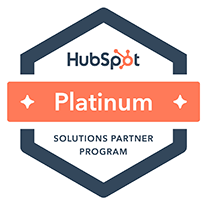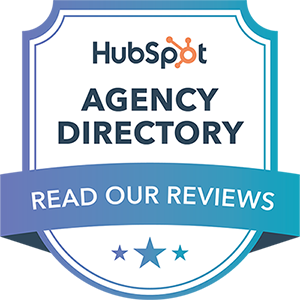
Ever had your sales complain to you that your leads were terrible? That your Online Marketing tactics weren't producing 'Quality leads'? Also, you have no idea why that is, except that you need an online campaign to generate more leads.
We, the super-helpful-heroes at clickTRUE have compiled a handy-dandy guide on leads JUST for you!
We get many potential prospective clients (who, like yourself) contact us asking about our ‘Lead Generation’ services before truly understanding what it's all about.
Allow us to clear the air on 'Lead Generation' -

1. What is a Lead?
Before we get into Lead Generation, let’s take it back a notch. We’ve all heard the word 'Lead' being thrown around as often as today’s kids hash-tagging on Instagram. To keep up with everyone else, many of us have jumped onto the bandwagon.
So, what is a Lead?
“A lead is a person who has indicated interest in your company's product or service in some way, shape, or form. As a lead, you are contacted by a business or organisation with which you have already opened communication, instead of getting a random cold call from someone who purchased your contact information.”
(source: Hubspot)
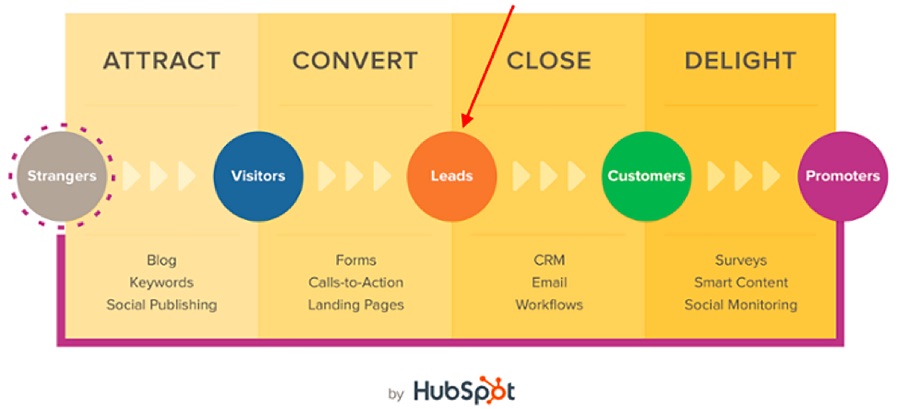
Very frequently, many of our clients confuse 'leads' with 'customers' - they're not. Leads are 'potential' people who are interested, but are not necessarily 'sales-ready'.
clickTRUE says: “A lead is a prospective client/customer who has indicated interest in your company’s business.”
(Learn more on how we can identify the right type of lead for your business: Buyer’s Persona)
And each 'Lead' differs from one another; habits, behaviour, personality, etc. This brings us to the next pressing question:

2. Quality Leads. What’s the difference?
When it comes to leads, whose responsibility is it? From the top bencher’s point of view, it’s both Sales AND Marketing. However, this has always been the eternal debate with both departments, much like the age-old question of which came first; chicken, or the egg?
Sales say they need ‘leads’, Marketing gives them ‘leads’, but Sales don't close the deals as they assess them as not 'quality' ones. A vicious cycle of finger pointing ensues.
So how do we identify and solve this? It's common to have varied expectations that define the quality of a lead. The sales team will typically expect qualified leads that are 'sales ready' while the marketing team focuses on 'response and volume'.
clickTRUE says: “A quality lead is a potential prospect that meets the ideal standard/criteria of both Sales and Marketing.”
“Qualified leads come from a quality audience” - LinkedIn
Here’s our more in-depth article on how to bridge the gap: The Marketing & Sales Leads Conflict on "What is a Lead?"

3. What is Lead Generation (How to get more leads)
Now that we have got our ‘What is a Lead’ hor d’oeuvre out of the way, it’s time for the main course - the burning question that you, our dear reader, are here for:
What is Lead Generation?
“Lead generation is the marketing process of attracting and capturing interests of prospects, converting them into someone who has indicated interest in your company's product or service with the purpose of developing the sales pipeline. Some examples of lead generators are job applications, blog posts, coupons, live events, and online content.”
(Source: HubSpot)
The most common misconception of most people is thinking that Lead Generation churns out ‘Sales Ready' leads, when in fact, it is much closer to ‘Potential Customers’ as explained earlier in this article.
clickTRUE says: “Lead Generation is the marketing process/strategy of HOW the leads are generated.”
Very often, through a misguided thought process, many companies discover that their time, money and online marketing effort are wasted, and they don’t know why. They would usually look at the 'Lead Generation' process as the source of the problem, not understanding that a more important task is identifying the 'type' of leads they wish to generate.
So how do we solve this? Solution: you should learn more about your 'Buyer’s Persona' which leads to the 'Buyer's Journey' that gives us the ideal content/messaging/strategy from which to craft the campaign.
Let’s take a closer look at the Lead Generation process and how it works.
How do we generate leads?
- Discovery (Added-Value Content) - Email, Social, Blog
- Engage (CTA) - Landing Page; Offer, Form

(Credit: HubSpot)
Content
Content is an excellent way to guide users to a landing page; you create content that provides visitors with holistic, nutritionally good-for-you, free information (who doesn't like FREE stuff?). Then, helpfully include a sort of "Oh, by-the-way..." call-to-action (CTA) anywhere in your content — inline, bottom-of-post, in the headline, or even on the side panel. The more delighted they are with your content, the more likely they are to check-out your landing page.
Oh, and do try to keep everything bite-sized. Remember, the key to having good organic visitors is to keep them well-fed through easy to comprehend information.
Email is a great way to reach out to potential prospects who already know your brand, product or service. It's a more personal way plus it’s much easier. There are better chances of them taking action considering they have already expressed interest by subscribing to your list. Emails tend to be a bit automatic and boring, so be imaginative and creative to contextualise emails that connect directly with your readers. CTAs that have compelling copies and eye-catching design are the best ways to rev up your lead generation.
Ads and Re-targeting
The sole purpose of an ad is to get them to take action. The best method to do so is to first capture attention. Second would be to retain said attention. Otherwise, why spend the money? If you want people to convert, be sure that your landing page and offer match what is promised in the ad. The action you want users to take must be crystal clear. Above all, to remind them.
As quoted in Advertising - "Audiences have a memory span of a goldfish - 3 seconds. When they see an ad, we have to remind them through branding and retargeting."
Blog
Unlike Content, blog posts are a little different. They're more relatable as a 'journal' that you can personally reach out to your target audience. You could even use it to promote an offer by customising the entire editorial piece around a goal. And if it connects emotionally with your readers, that would make your CTA highly relevant and increase the chances your readers would click it.
Social Media
Social media platforms make it easy to guide your followers to take action, from the swipe up option on Instagram stories to Facebook bio links to bitly URLs on Twitter. You can also promote your offerings on your social posts and include a call-to-action in your caption. Learn more about social media campaigns in this post.
Product Trials/Demo
You can break down many barriers to a sale by offering trials of your product or service. Once a prospect is using your product, you can entice them with additional offers or resources to encourage them to buy. Another good practice is to include your branding in your free versions so you can capture other potential customers.
Referral Marketing
Referral, or word-of-mouth, marketing is useful for lead generation in a different way. That is, it gets your brand in front of more people, which, in turn, increases your chances of generating more leads. And this holds more brand authority over anything other thing people see. Consumers trusts people - not ads or marketing gimmicks. And a real person advocating? Solidifies it.
Whatever channel you use to generate leads, you’ll want to guide users to your landing page. As long as you’ve built a landing page that converts (click to download our FREE eBook!), the rest will handle itself.

4. Why do you need Lead Generation?
A good (business) relationship begins with a strong foundation of trust, communication, and emotional stability. A good Lead Generation strategy not only effectively reaches the right people with the right context but also cultivates and nurtures your leads into developing what we call a "Lifetime Value" for your business.
It is vital to be aligned with your buyers; for example, almost everyone has a Facebook account. To reach them, you would need to do social media marketing by targeting their interests. To sell to them, is to think like them.
"The customer is not a moron. She's your wife" - David Ogilvy
As stated in HubSpot’s Inbound Marketing Methodology (click to download our FREE eBook!), lead generation falls in the second stage after identifying the specific type of lead or otherwise known as building the ‘Buyer’s Persona’.
(Learn more about Buyer's Persona)
5. Why Not Just Buy Leads?
The easiest and fastest way to get the job done. No fuss, no hassle, just pay money - get a list of leads.
Buying leads, as opposed to organically generating them, seems much easier and takes far less time and effort, despite being more expensive. You may feel that since you’ll be paying for advertising, why not just buy them?
Firstly, imagine you are tasked to obtain a specific amount of particular fishes. Instead of fishing (which takes up time and effort) you go to the market and buy crate loads of fishes. You would be paying a lot, and highly likely not getting the particular fish that you needed. Also, they might not be fresh. End of it all, you have just wasted a large sum of money and probably not getting your money's worth.
Secondly, any leads you purchased don't actually know you. Don't forget these aren't just dead fishes; these are living, breathing prospective customers. They might have expressed interest at some other site when signing up for something but didn't actually agree to receiving anything from your company.
Therefore, reaching out to them can be perceived as intrusive. (How would you feel when you get some random message from a telemarketer trying to sell you something you are not interested in? That's how people feel when they receive emails and other messages from sources they didn't ask to hear from)
If the bought lead has never been to your website or indicated interest in your products or services, or given consent for you to contact them, then you are being a nuisance. Plain and simple.
There is even a high chance they could flag your messages as spam. This becomes rather dangerous because not only does this filter out emails from your business, but it also alerts their email provider. And with enough people flagging your messages as spam, you go on a "blacklist," which is then shared with other email providers. Once you get on the blacklist, it’s really, really hard to get off it. In addition, your email deliverability and IP reputation will likely be harmed.
In conclusion? It is always, always... always better to generate leads organically rather than to buy them.

6. Conclusion
Now that you've understood 'What is Lead Generation', how leads are generated for your business, and the dangers of buying leads, we highly recommend you to continue reading our Ultimate Inbound Marketing Guide to Buyer Persona for Better Sales and Marketing. This guide helps align your different teams on who are your customers and helps you to learn more about your online site visitors and what prompts them to convert. If you're stumped, we've even included a Buyer Persona template for you to download. (Told you we're super-helpful!)
In a nutshell, the basics we've covered in this blog post is just the beginning. To get more leads, you'll need to keep offering valued, helpful content to your customers, with their perspective in mind. Create great offers, incentives, CTAs, landing pages and forms — and promote them on multi-channels across relevant social media. Stay on the ball with your sales team. Ensure you're handing off good quality leads on a regular basis. Finally, never stop testing. Nothing is perfect, and things will never always run smoothly. The more you test and fine-tune every step of your inbound lead generation process, the more you'll improve lead quality and increase revenue.
Want to learn more, or have any questions? Drop us your contact information and one of our cape-wearing consultants will be happy to assist with our lead generation service. (usually within a day, sometimes faster!)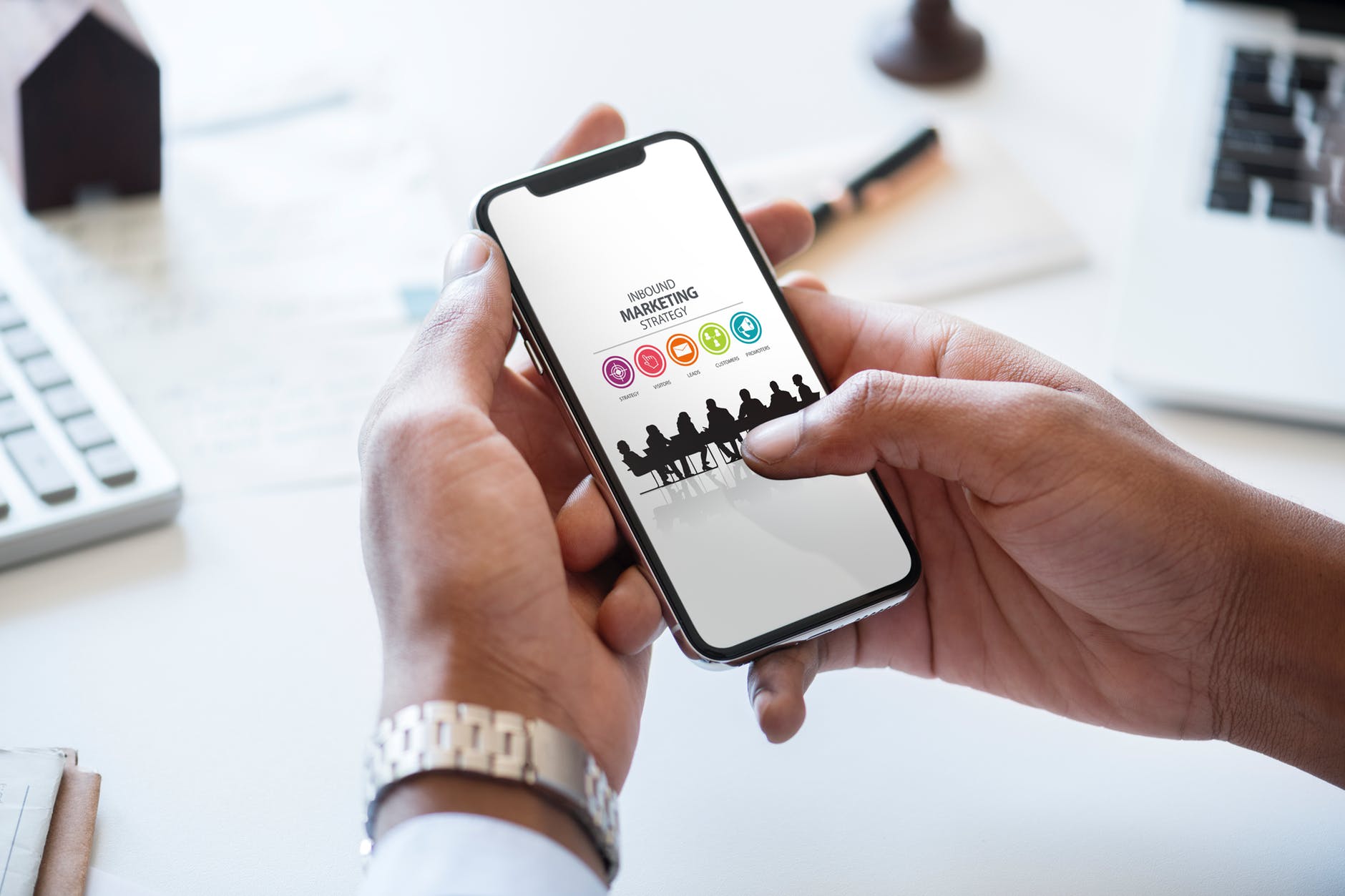

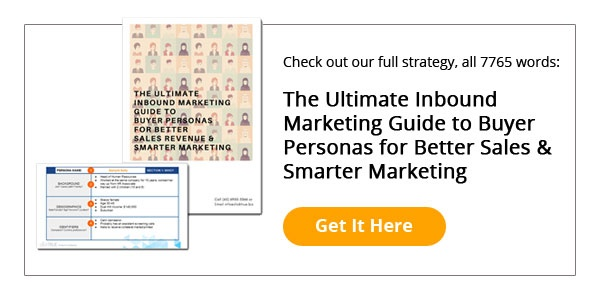
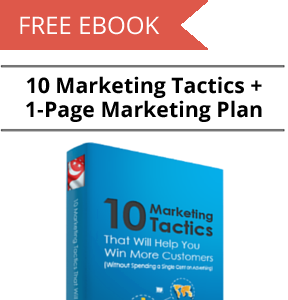
 hello@clicktrue.biz
hello@clicktrue.biz
 info.my@clicktrue.biz
info.my@clicktrue.biz info.th@clicktrue.biz
info.th@clicktrue.biz info.id@clicktrue.biz
info.id@clicktrue.biz info.vn@clicktrue.biz
info.vn@clicktrue.biz
